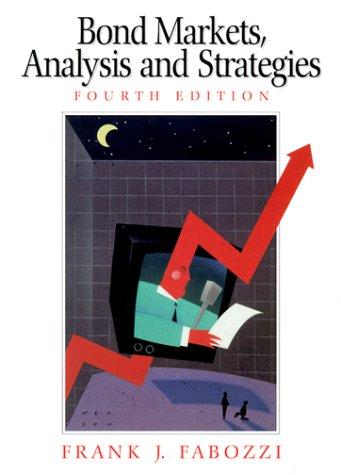The following is a statement from John H. Watts, Chairman of Fischer Francis Trees & Watts, as
Question:
The following is a statement from John H. Watts, Chairman of Fischer Francis Trees & Watts, as published in Performance Reporting for Investment Man- agers: Applying the AIMR Performance Presentation Standards (Char- lottesville, VA: Association for Investment Management and Research, 1991), p. 57: Results are often analyzed, for either comparison or evaluation purposes, over an arbitrary specified number of years. The period we see used most often is five years. Particularly for fixed-income portfolios, an arbitrarily chosen period can lead to an unintended, if not perverse, conclusion. For example, if a five-year reporting period happens to fall within a bull market, a manager that has a long-term bond bias will look strong, and vice versa.
a. Why is this statement true for fixed-income portfolios if comparisons are based on actual returns?
b. How does performance attribution analysis reduce the risk of distorting per- formance results for a fixed-income portfolio?
AppendixLO1
Step by Step Answer:






